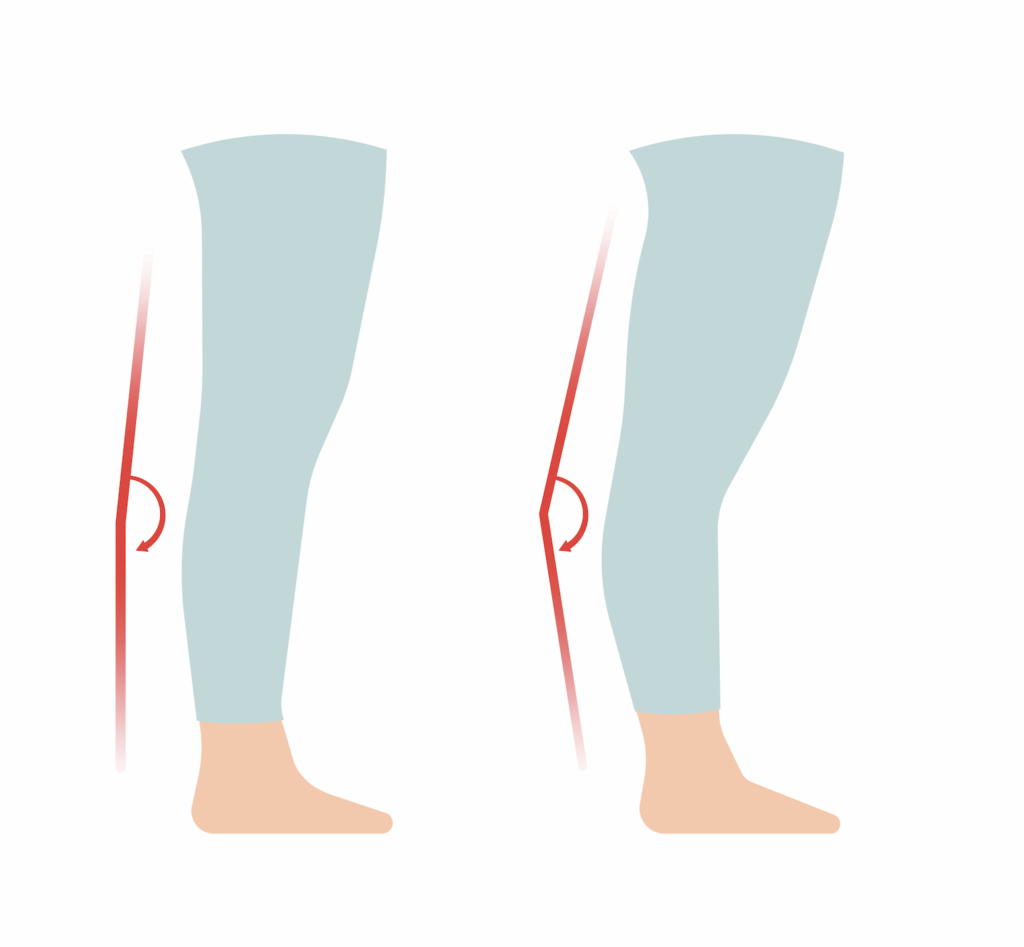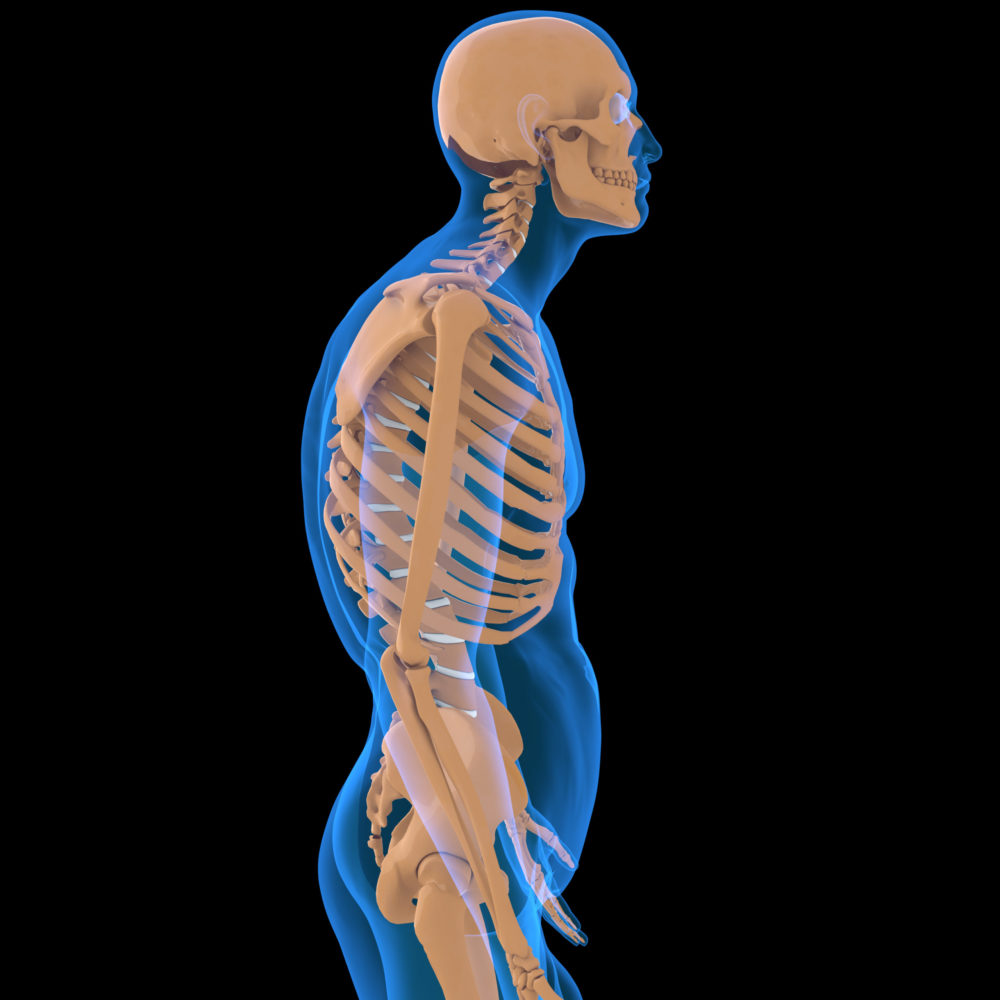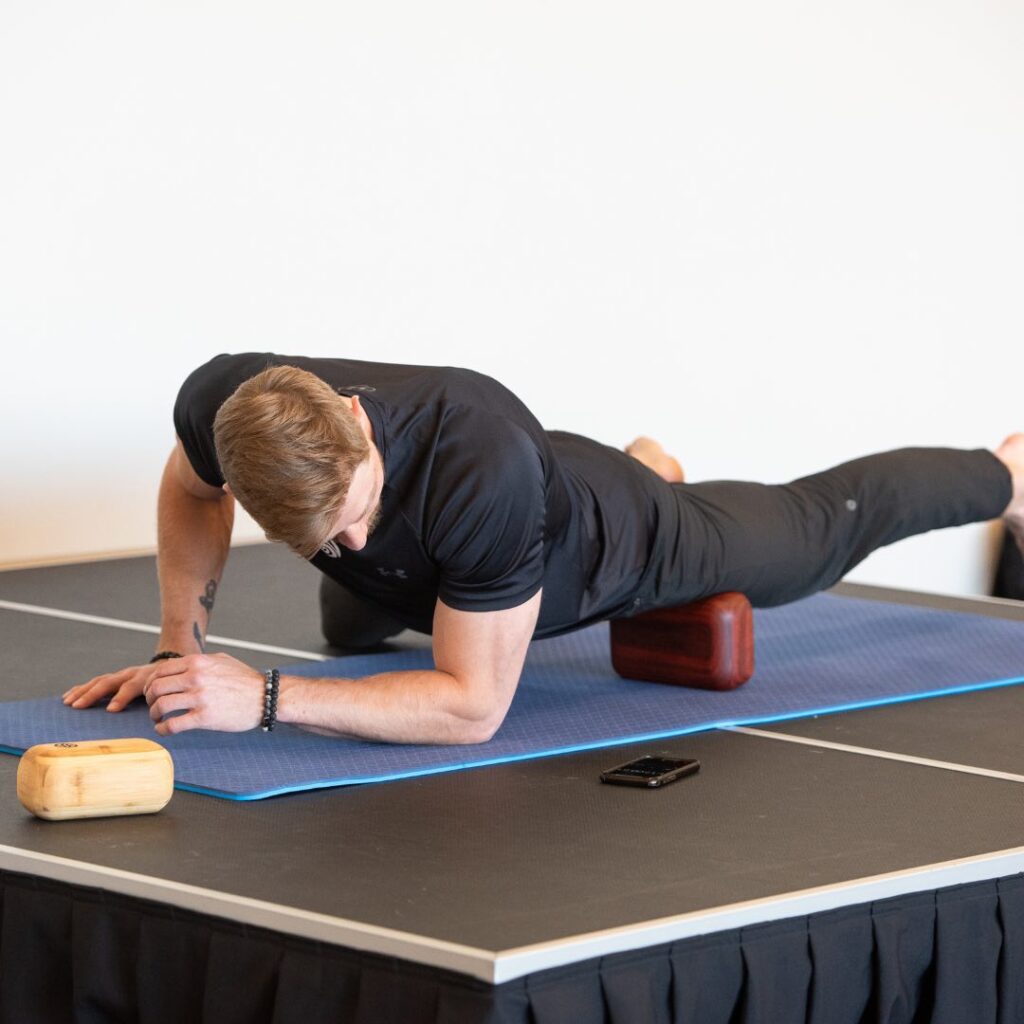How Does Block Therapy Benefit People with Hypermobility?

As one of the benefits discussed in Block Therapy is increasing range of motion, some may confuse this to mean that if you have hypermobility, that this practice will cause even more of this issue. The reality is that there is always a balance in the body -- and I see those with hypermobile joints as having areas of equal restriction. Therefore, the goal is always to bring balance back to the body.

I have had the opportunity to work on many people with this -- I myself had hypermobility in my shoulders and hips. When I was a kid, I used to “show-off” as I could do weird things with my body. I would hold a golf club behind me with both hands, then without letting go, swing my arms over head to the front of my body, allowing my shoulder joints to partially dislocate to create this action. It was a trick that got me attention, but also caused me issues in the long run.
Fascia is composed of many things, but there is both collagen and elastin present to provide both mobility and stability. When the body is in perfect balance, these proteins exist in their appropriate amounts to allow us to move freely, but to also hold us together. It is when there is an imbalance in an area that we struggle with stiffness and hypermobility.
Ligaments in the body connect bone to bone and are designed to stabilize the joints. Tendons connect muscle to bone to allow the skeleton to move. It is the collagen in these tissues that are the building blocks to stabilize, and the elastin that gives flexibility for movement. Fascia innervates every cell, and each tissue’s role in the body will depend on the proportion of each protein.
What I have come to understand from working on patients with Ehlers-Danlos syndrome (a genetic disorder of connective tissue which makes the ligaments and tendons lax), and hypermobility in general, is that there is an extreme collapse of the rib cage into the core. This makes total sense as it indicates a frozen diaphragm, so the body’s absorption of oxygen is minimal. Oxygen is required for every cellular action and if the body is depleted of this most important nutrient, then every process in the body will be affected.
As the extreme collapse of the rib cage occurs, it’s not just the diaphragm that is hyper-restricted, but all of the joints where the ribs meet the sternum will become jammed and compressed. When this area is under extreme collapse, there is limited natural mobility through the core and ribcage as the body will always seek balance. As the body will be falling into itself, the collagen migrates to create the stability to stop the body from tipping forward.

This “pulling” of collagen to where it is needed leaves other areas depleted of this protein, so there are areas of the body that have an imbalance of the collagen/elastin proportion. If much of the collagen is being drawn to the core to prevent the collapse, the limbs and the back of the body become depleted, and therefore have an overabundance of elastin in relation. This will leave the limbs hypermobile, which is often where the dislocations/subluxations occur. To bring balance back to the body is key, and this is what Block Therapy will do.
Another example I observed was when working with a patient who was able to take his feet behind his head with ease. He was like gumby with this one action, but interestingly, to get him to stand with his feet straight forward was almost impossible. His feet were externally rotated, like a duck, and it was almost impossible to even force them to be straight. This indicates extremely tight hip flexors. To have this opposing imbalance presented to me was helpful in understanding issues with hypermobility. If the space in the joints isn’t balanced to support both mobility and stability, there will be a give and take, creating a lack of movement combined with hyper movement. The body is always seeking balance.
It is so wonderful to get direct experience from those who have these issues to share the changes they have made. Hear from one of our amazing fascia masters below about her experience with hypermobility:
"Block Therapy is the first fascia modality I've used that has helped me heal the recurring joint injuries I've accumulated over a lifetime of living with the hypermobility type of Ehlers Danlos Syndrome - and I have tried them ALL. I've targeted old injuries in my ankles, neck & hands (avoiding 2 trigger finger surgeries), as well as healed a new elbow sprain that would never have healed properly before Block Therapy. I was on a call with Deanna to get some guidance on which positions might best help me heal that elbow injury when I realised for the first time in my life, that my elbows were no longer hyperextended! I was so focused on my various chronic injuries from many years as a dancer, I didn't even notice that over time, all of my joints were realigning and stabilising. The daily subluxations, frequent dislocations, tendonitis, bursitis- it's all gone! I had been told that not only was my body unable to heal soft tissue injuries, but that my now arthritic joints would continue to break down, threatening my mobility and my manual dexterity. Knowing that I can manage my condition has given me freedom that I never imagined, and I owe it all to Block Therapy."
- Maureen (Block Therapy Community Member)
If you would like to learn more from those who practice, our private Facebook community is filled with incredible testimonials and offerings of guidance and support from those who practice. I would love to see you there!
Follow us on our social channels below to learn more about Block Therapy and see some amazing transformations!
Breathe & Believe






Responses